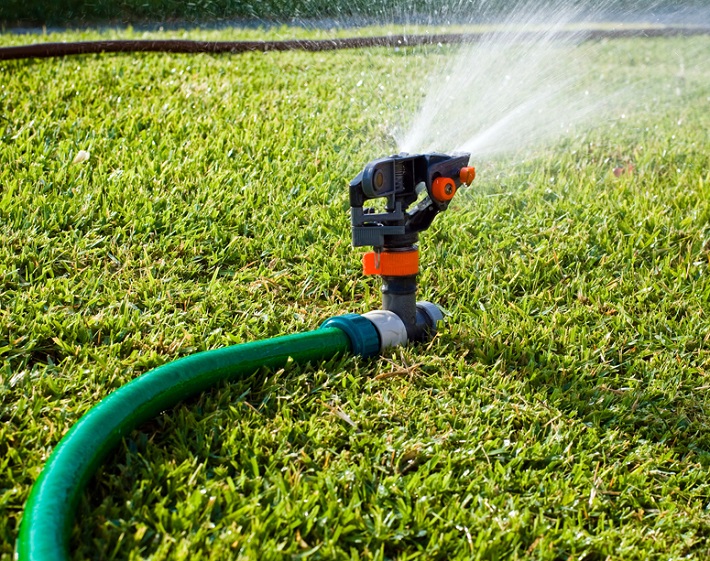In every high pressure cleaning system, the pump is the core. And just like the human heart, most pumps are designed to last a lifetime. In the modern world of today, there are various types of pumps available, but the truth is, not all of them are of equal quality, affordable and suitable for all kinds of uses.
All pumps have the same way of operation – moving water with the help of a piston or plunger in a cylinder. The pump applies force to the water in order to create flow and then the pistons or plungers which are moving in the pump’s cylinders apply this force to the water. In other words, this process is roughly the opposite of the action of an automobile’s internal combustion engine. Just like the engine uses piston movement to turn a crankshaft, same way the high pressure water pump uses crankshaft movement to drive pistons, which move the water in and out of the pump.

Pumps are commonly referred to as appliances that create pressure, which is not technically correct. As a matter of fact, they create a flow of water. This flow is generally measured as a volume of water which is moved during a specific time period, that is a specified volume of water moving at a specified speed. Usually, flow is expressed in gallons per minute (gpm). In some cases – either chemical injection or steam cleaning applications – flow may be expressed in gallons per hour (gph). It is possible for cleaning systems that are produced in other countries to have their flow rated in liters per minute (lites / min).
Pump Components
High pressure water pumps are divided into two main sections – the crankcase and the pump head. The crankcase contains the crankshaft, the oil supply as well as the connecting rods. Although all moving parts are lubricated, this one is often referred to as the “dry” section. The pump head, where the moving water operates, is called the “wet” end. This part of the pump contains the check valves and the plungers and it also includes the manifold. The manifold assembly in pumps which have split manifolds is usually referred to as the ‘pump head’. The terms ‘head’ and ‘manifold’ are often used interchangeably, although such usage is not entirely correct.
The plungers move back and forth in cylinders between the crankcase and the head. There is an oil seal which keeps the oil from leaking in the crankcase. The pump packing is what keeps the water in the wet end of the pump. The check valves are one-way doors, which direct water flow through the cylinders. They act like doors that open in only one direction – they direct the water flow through the cylinders. When water flows in a opposite direction of the one in which the check valve opens, the water flow forces the check valve to shut more firmly.



